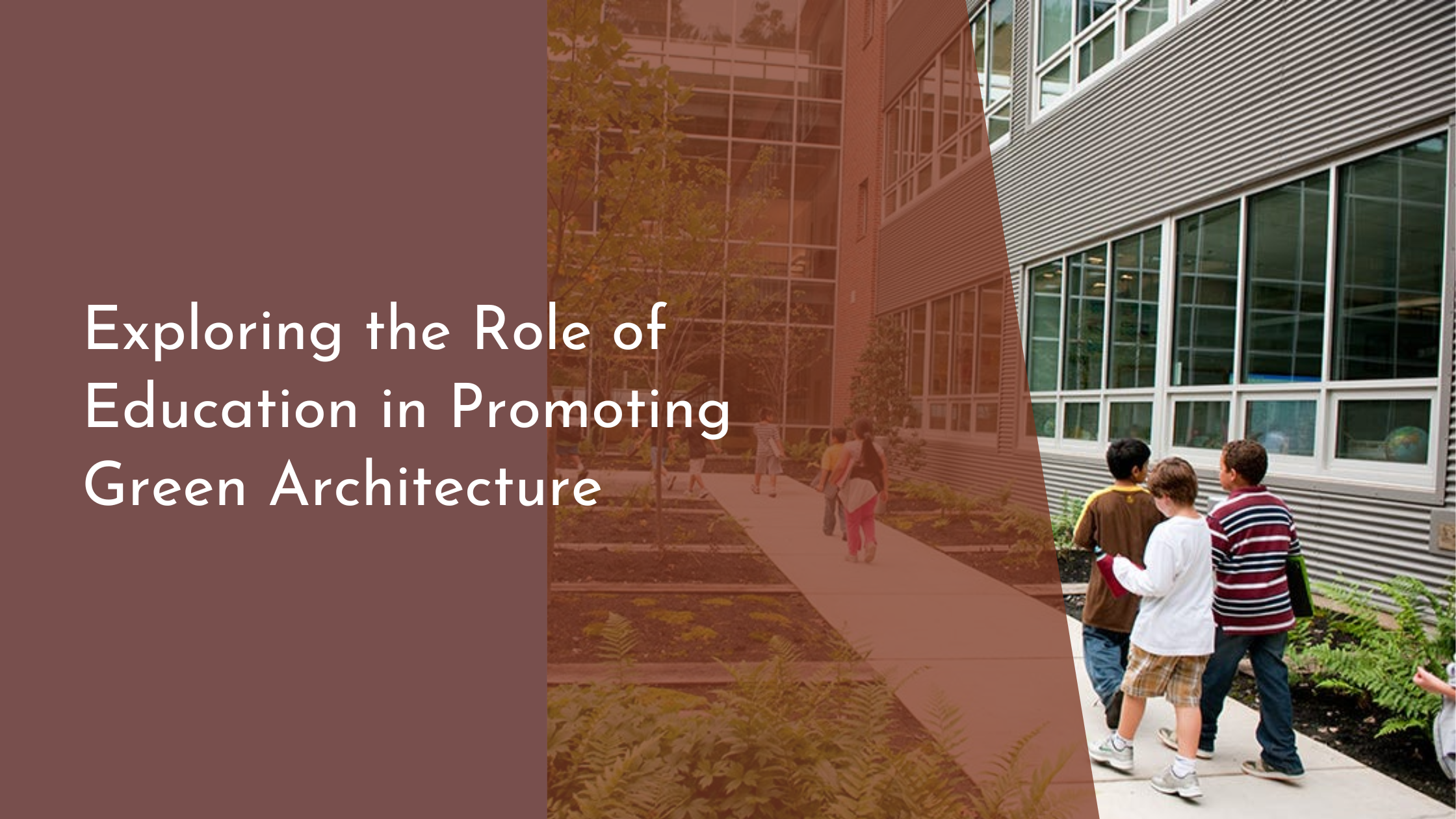Exploring the Role of Education in Promoting Green Architecture
In an era where environmental concerns are becoming increasingly pressing, the role of education in promoting green architecture has garnered significant attention. Green architecture, a sustainable approach to building design and construction, focuses on minimizing environmental impact and enhancing the health and well-being of occupants. As the world seeks innovative solutions to tackle climate change, education emerges as a crucial element in cultivating a generation of architects and designers equipped to create sustainable and eco-friendly spaces. This article explores the multifaceted role of education in promoting green architecture, examining its fundamentals, educational programs, success stories, and the promising future it holds.
Understanding Green Architecture Fundamentals
Green architecture, at its core, is about designing buildings that are in harmony with the environment. This involves utilizing resources efficiently, reducing waste, and minimizing pollution. Key aspects include the use of sustainable materials, energy-efficient technologies, and thoughtful site selection. Incorporating renewable energy sources such as solar panels and wind turbines, as well as implementing water conservation strategies, are critical components. These fundamentals aim not only to reduce the carbon footprint but to enhance the overall performance and longevity of buildings.
In addition to environmental benefits, green architecture also emphasizes the well-being of its occupants. This is achieved by improving indoor air quality, maximizing natural light, and creating comfortable, ergonomic living spaces. By understanding these principles, architects can design structures that promote health and productivity while being environmentally responsible. Educating future architects about these fundamentals is essential to foster a sustainable mindset and equip them with the skills needed to implement green solutions effectively.
Educational Programs Fostering Green Skills
Educational programs play a pivotal role in imparting green skills to aspiring architects and designers. Universities and colleges worldwide have introduced specialized courses focused on sustainable architecture and design. These programs aim to equip students with a deep understanding of sustainable practices, materials, and technologies. Coursework often includes modules on energy-efficient design, green building certification systems like LEED, and case studies of sustainable architecture projects. Such comprehensive education ensures that graduates are well-prepared to meet the demands of the evolving architectural landscape.
In addition to traditional degree programs, workshops, seminars, and online courses offer flexible learning opportunities for professionals seeking to enhance their skills in green architecture. These programs provide hands-on experience with the latest sustainable technologies, enabling participants to stay updated with industry trends. By fostering a culture of continuous learning, educational institutions empower individuals to contribute effectively to the development of sustainable buildings, thereby accelerating the transition towards greener urban environments.
Success Stories: Green Architecture in Action
Real-world examples of green architecture serve as inspiring success stories that highlight the positive impact of education in this field. One notable project is the Bullitt Center in Seattle, renowned as one of the greenest commercial buildings in the world. Designed to be energy-efficient and self-sustaining, it boasts features such as rainwater harvesting, a solar panel array, and a composting toilet system. This project exemplifies how educated architects can push the boundaries of sustainability, setting new standards for future developments.
Another remarkable example is the Bosco Verticale (Vertical Forest) in Milan, Italy. These residential towers are adorned with over 20,000 trees and plants, creating a vertical ecosystem that contributes to biodiversity and improves air quality. The innovative design of Bosco Verticale demonstrates the potential of green architecture to transform urban environments into lush, vibrant spaces. Both projects underscore the transformative power of education in equipping architects with the skills and vision needed to bring such ambitious, sustainable projects to life.
Education is undeniably a powerful tool in advancing the cause of green architecture. By instilling a deep understanding of sustainable principles and practices, educational institutions pave the way for a new generation of architects poised to make a positive impact on our planet. As more success stories emerge from around the globe, they provide tangible evidence of what is possible when education intersects with innovation and environmental responsibility. Ultimately, a commitment to education in green architecture holds the promise of a brighter, greener future for all.

